Attractions
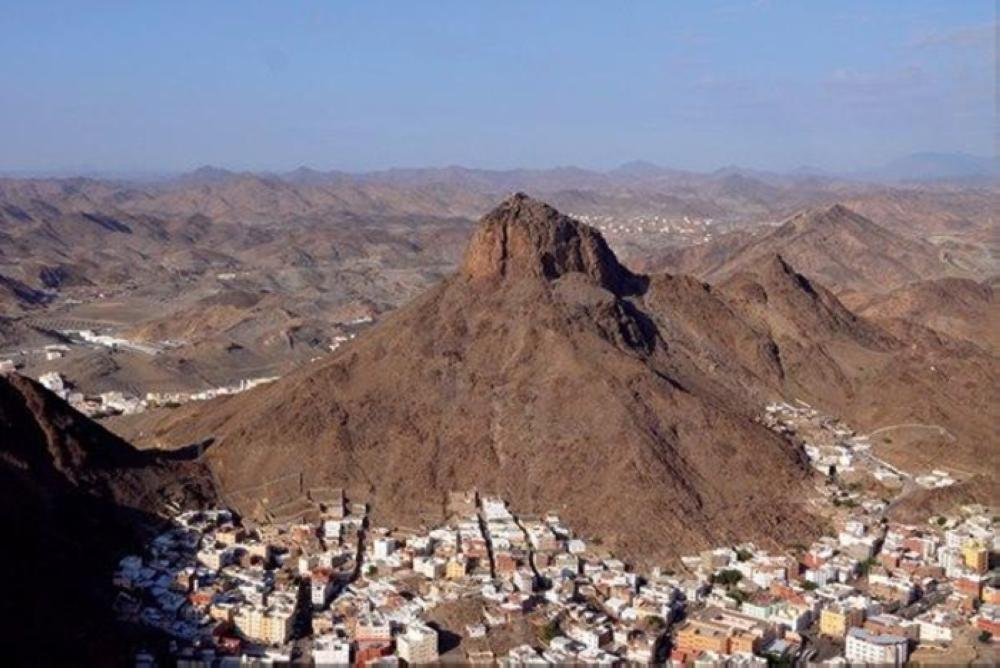
Mount Noor (Jabal An-Noor) and the cave of Hira
Mount Noor, also known as Jabal An-Noor, holds great significance in Islamic history and is renowned as the location of the Cave of Hira (Ghar Hira). Situated near Mecca in Saudi Arabia, Mount Noor is associated with a pivotal event in the life of Prophet Muhammad.The Cave of Hira, located on the slopes of Mount Noor, is where Prophet Muhammad (peace be upon him) received the first revelations of the Quran from the angel Gabriel. This event, known as the beginning of the prophethood, took place during the month of Ramadan, in the 610 CE. The cave is a small, simple space, and reaching it involves a climb up the mountain.The spiritual journey of Prophet Muhammad in the Cave of Hira is significant in Islamic tradition. It was during one of his retreats to this cave for contemplation and meditation that the angel Gabriel appeared to him, instructing him to "Read" or "Recite" in the name of Allah. These revelations continued over a period of time, forming the basis of the Quran, the holy book of Islam.The climb to the Cave of Hira is not just a historical pilgrimage but also a symbolic act for Muslims. Many undertake the challenging ascent to the cave as part of their spiritual journey, seeking to connect with the profound events that unfolded there. Pilgrims often reflect on the devotion and perseverance of Prophet Muhammad during these solitary moments in the cave.The entire Mount Noor holds spiritual significance, and pilgrims often engage in the act of climbing the mountain to reach the Cave of Hira as an act of worship and reflection. The climb is considered a physical and spiritual endeavor, symbolizing the earnest seeking of closeness to Allah and a desire for divine guidance.While the climb to the Cave of Hira can be strenuous, the reward for reaching the destination is a sense of serenity and a connection to the spiritual heritage of Islam. Pilgrims often spend time in prayer and contemplation within the cave, absorbing the profound energy and historical significance of the sacred site.Mount Noor and the Cave of Hira stand as powerful symbols in Islam, representing the beginnings of the revelation of the Quran and the exemplary devotion of Prophet Muhammad. Pilgrims and visitors alike embark on this spiritual journey, acknowledging the historical and religious importance of these sacred locations and seeking inspiration from the events that unfolded on the slopes of Mount Noor.One of the essential services provided at the Grand Mosque is the meticulous organization of the Hajj pilgrimage, the fifth pillar of Islam. The Saudi authorities work diligently to ensure the safety and well-being of pilgrims, implementing crowd control measures, medical facilities, and support services. Pilgrims receive guidance and assistance to perform the rituals, enhancing their overall experience and allowing them to fulfill their religious obligations with ease.The Grand Mosque is equipped with an extensive range of amenities to accommodate the diverse needs of worshippers. Modern facilities include prayer halls that can host a vast number of people simultaneously, ensuring that everyone has access to a space for prayer. The mosque is also home to a wealth of educational resources, offering visitors the chance to deepen their understanding of Islam through lectures, seminars, and exhibitions.Furthermore, the Grand Mosque provides comprehensive hospitality services. Pilgrims and visitors can find an array of accommodations ranging from budget-friendly options to luxurious hotels in the vicinity. The surrounding area features numerous restaurants, shops, and markets, allowing worshippers to access necessities and indulge in the vibrant local culture.The mosque's administration places a strong emphasis on cleanliness and hygiene. Regular maintenance and cleaning activities are carried out to uphold the sanctity of the holy site. Additionally, the mosque employs a dedicated team of personnel to assist worshippers, providing information, guidance, and support as needed.In embracing modern technology, the Grand Mosque has implemented digital services to enhance the overall experience for worshippers. Information about prayer times, events, and important updates is readily accessible through various communication channels, facilitating a seamless and informed visit.In essence, the Grand Mosque in Mecca goes beyond its role as a place of worship; it stands as a comprehensive center that caters to the diverse needs of millions of pilgrims and visitors. The combination of traditional spiritual services and modern amenities creates an environment where worshippers can focus on their devotion while being supported in their physical and logistical requirements.
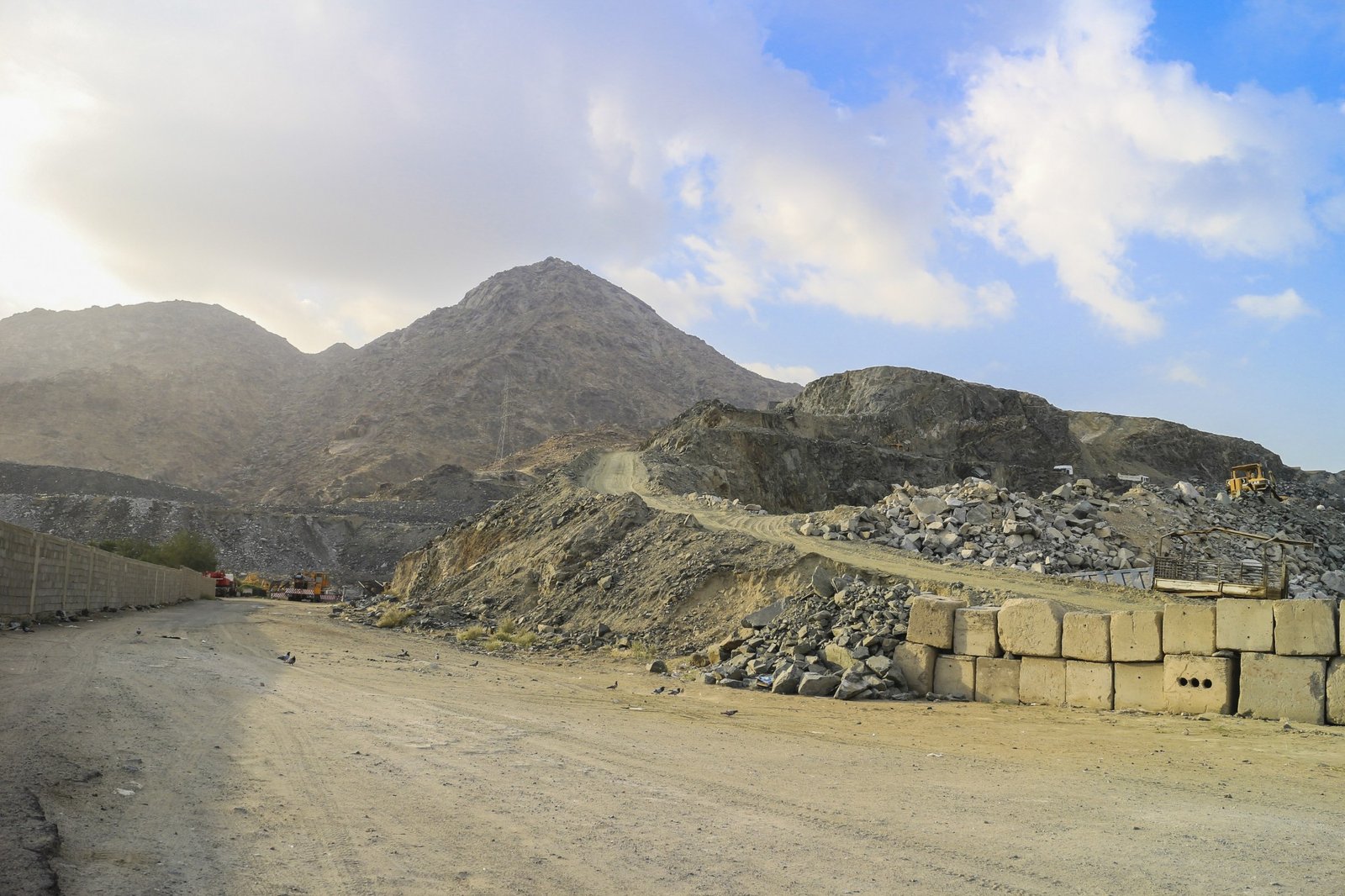
Thawr Mount and Cave
ZamZam water holds a special place in the hearts of Muslims, and its significance is deeply rooted in Islamic history and tradition. The well of ZamZam is located within the Masjid al-Haram in Mecca, near the Kaaba, making it an integral part of the pilgrimage experience for millions of worshippers.According to Islamic tradition, the origin of ZamZam water dates back to the time of the Prophet Ibrahim (Abraham) and his wife Hajar (Hagar). It is believed that, in a state of desperation and thirst, Hajar ran seven times between the hills of Safa and Marwah in search of water for her infant son Isma'il (Ishmael). In response to her prayers, the angel Jibreel (Gabriel) struck the ground with his wing, and miraculously, the well of ZamZam sprang forth, providing an eternal source of water.ZamZam water is revered for its spiritual and healing properties, and it holds a special place in Islamic rituals. Pilgrims visiting the Grand Mosque often make it a point to drink from the ZamZam well, considering it a blessed act that symbolizes purification and connection with the sacred history of Mecca. Many believe that ZamZam water carries unique blessings and holds the power to fulfill both physical and spiritual needs.The Saudi authorities take great care to preserve the purity of ZamZam water, ensuring that it remains free from contamination. The water is regularly tested and monitored to maintain its quality, and strict measures are in place to safeguard it from any pollutants.Pilgrims are also allowed to bring back bottles of ZamZam water as a sacred souvenir from their pilgrimage. The distribution of ZamZam water is facilitated through designated areas around the Masjid al-Haram, providing worshippers with easy access to this blessed resource.ZamZam water is not only consumed for its religious significance but is also embraced for its reputed health benefits. Some believers attribute healing properties to ZamZam water, and its consumption is often accompanied by prayers for well-being and blessings.In summary, ZamZam water is not merely a source of hydration for pilgrims; it symbolizes a profound connection to the rich history of Islam and the miraculous events surrounding its creation. As a sacred element within the Masjid al-Haram, ZamZam water continues to be a symbol of faith, purification, and the enduring miracles associated with the holy city of Mecca.
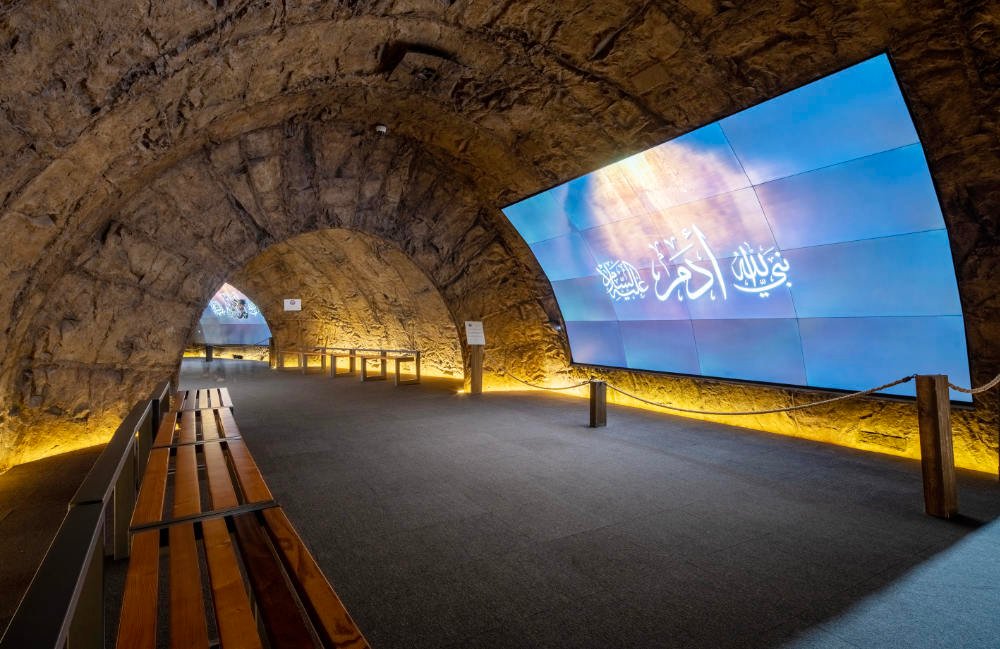
Hira Cultural District
Cultural districts are often established to promote arts, heritage, and cultural activities within a specific area, and they may include museums, galleries, performance spaces, and other cultural institutions. If such a district has been created, you can find detailed information about its features, events, and objectives through official sources or relevant cultural organizations associated with the district.Please verify the existence and details of the "Hira Cultural District" using recent and reliable sources for the most accurate and current information.
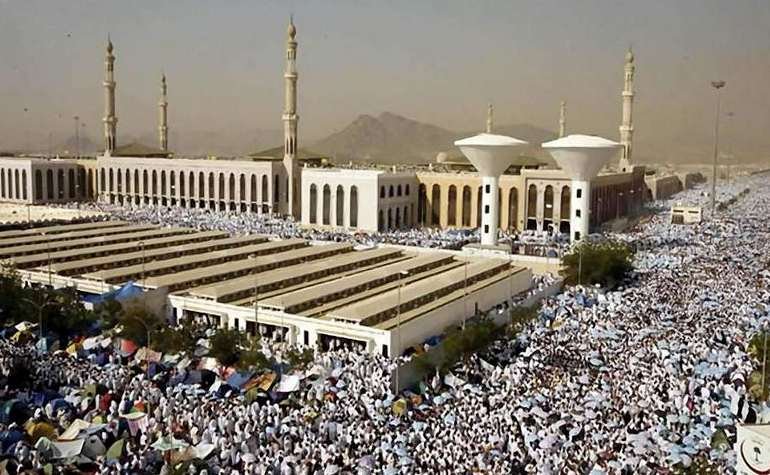
Namerah Mosque
Mosques often serve as central places of worship and community gathering for Muslims. They play a crucial role in fostering religious practices, community engagement, and cultural activities. If the Namerah Mosque exists, you may find information about its architectural design, cultural contributions, and any unique features that distinguish it within the broader context of Islamic architecture and community life.For the most current and accurate details about the Namerah Mosque, please refer to local sources, mosque administration, or official statements from relevant authorities.
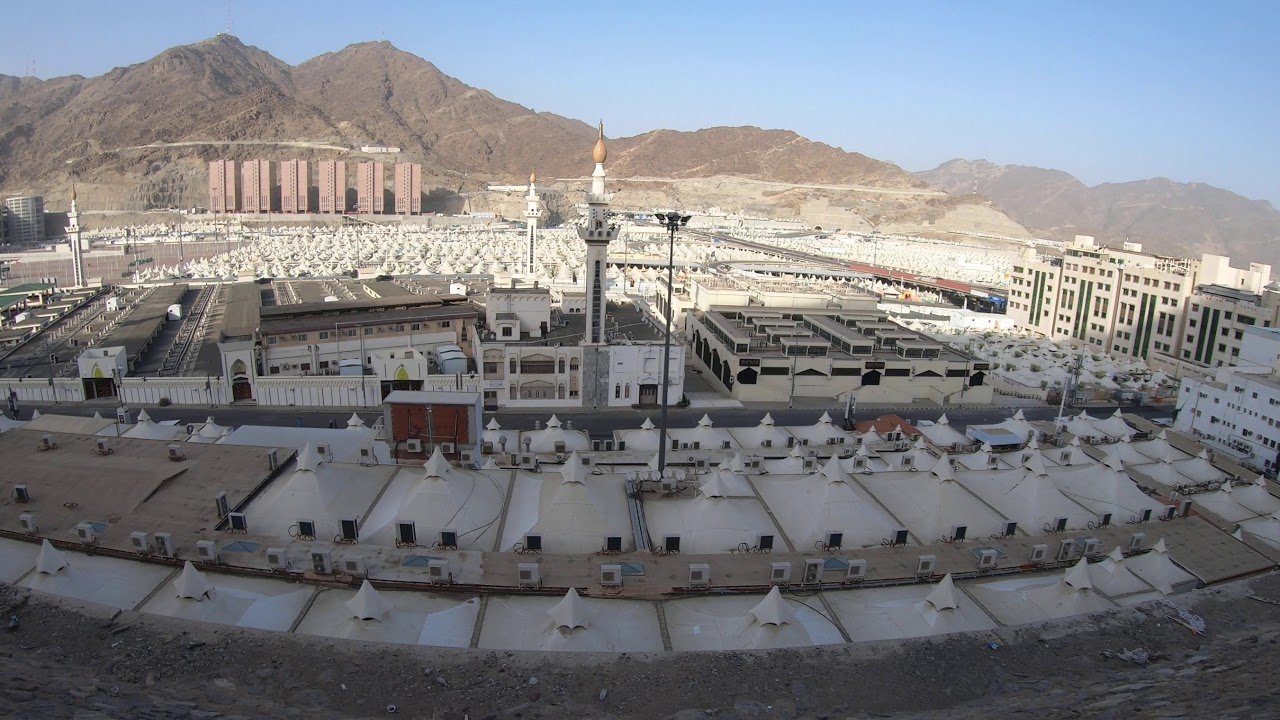
Al-Khaif Mosque
Mosques often serve as central places of worship and community gathering for Muslims. They play a crucial role in fostering religious practices, community engagement, and cultural activities. If the Namerah Mosque exists, you may find information about its architectural design, cultural contributions, and any unique features that distinguish it within the broader context of Islamic architecture and community life.For the most current and accurate details about the Namerah Mosque, please refer to local sources, mosque administration, or official statements from relevant authorities.
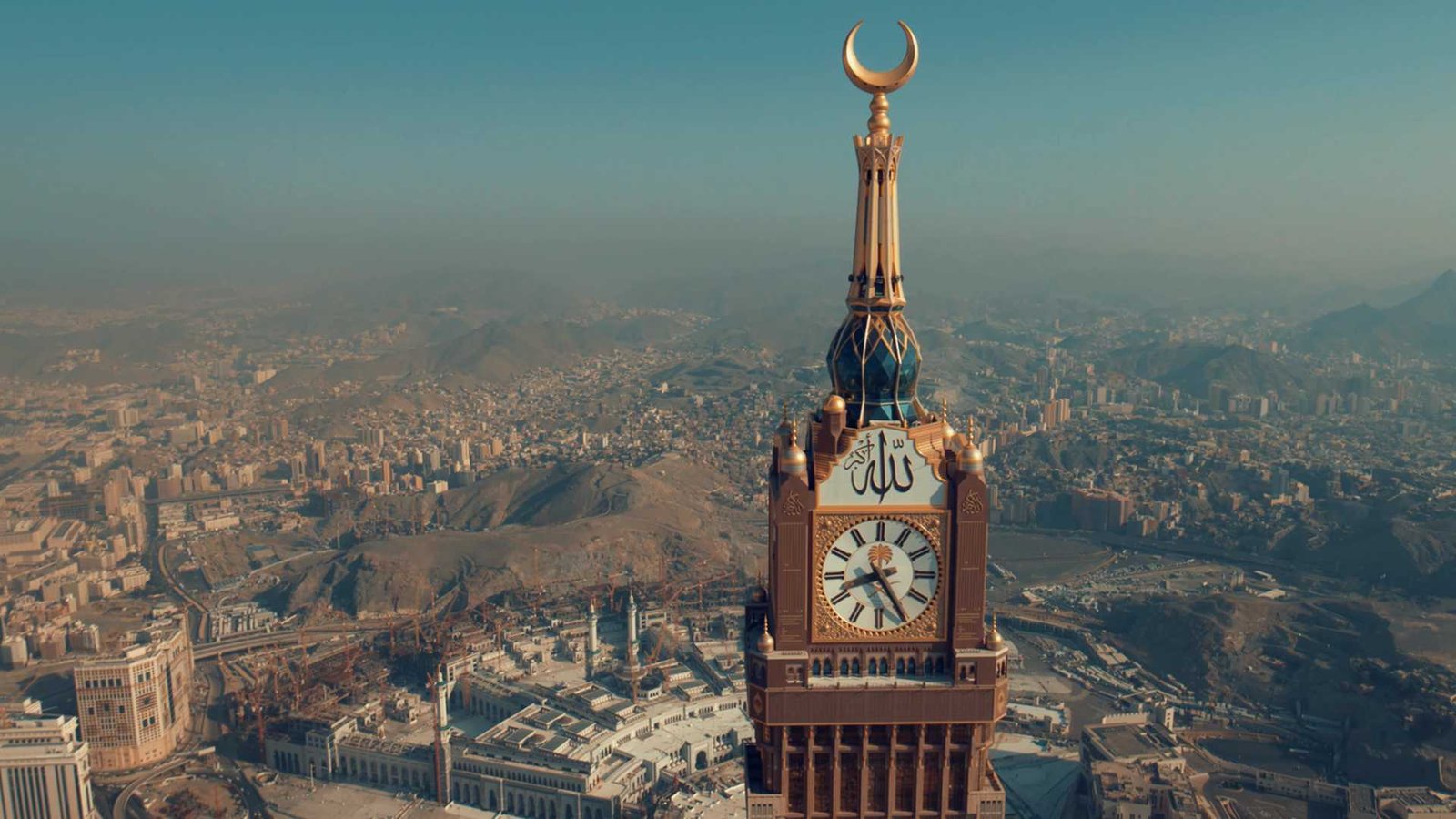
Clock Tower Museum
Clock Tower Museum in Mecca, situated within the Abraj Al Bait Towers complex. This complex includes the iconic Abraj Al Bait Clock Tower, one of the world's tallest clock towers. The museum within the complex showcases exhibits related to Islamic culture, art, and the history of Mecca. Visitors can explore various aspects of timekeeping, including the significance of clocks in Islamic traditions.In general, clock tower museums often feature displays on the evolution of timekeeping devices, the cultural importance of clocks, and the intricate mechanisms behind large-scale clock towers. Exhibits may include antique timepieces, historical artifacts related to timekeeping, and information about the engineering and construction of the associated clock tower.For the most accurate and current information about any specific "Clock Tower Museum," it is recommended to check local sources, official museum websites, or contact the relevant authorities associated with the particular clock tower you are interested in. This will provide you with detailed insights into the exhibits, historical context, and any unique features of the museum within the context of the respective clock tower.
